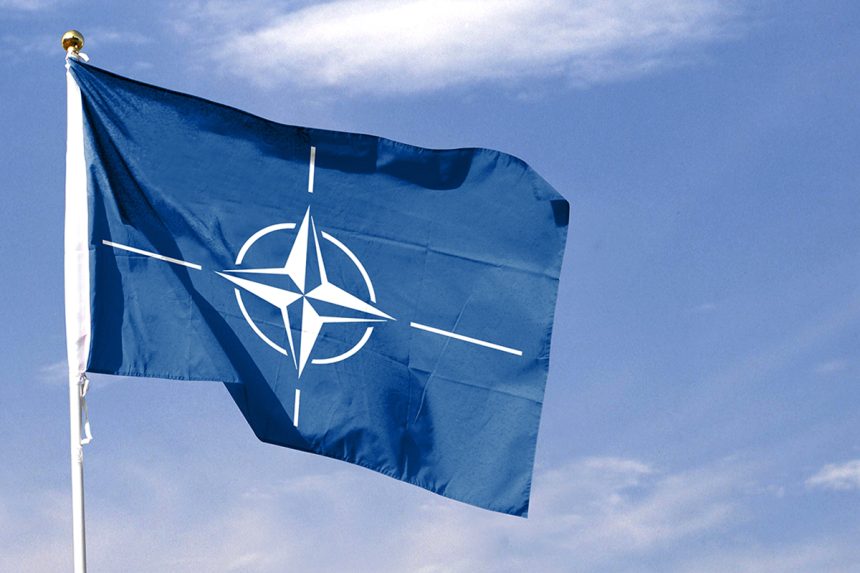The modern world relies on the internet for communication, commerce, and security, making the protection of its infrastructure a strategic priority. Acknowledging the risks posed by disruptions, NATO has launched an ambitious initiative to enhance the resilience of global connectivity, particularly focusing on vulnerable undersea fiber-optic cables that carry the bulk of global data traffic.
These cables, often no thicker than a garden hose, facilitate more than 95% of international internet transmissions, linking continents at the speed of light. Despite their critical role, they are highly exposed to both accidental and deliberate damage. Every year, up to 150 cables sustain damage from maritime activities, such as fishing and anchoring. Recent incidents, including the severing of cables in the Baltic Sea in late 2024 amid escalating geopolitical tensions, underscore the pressing need for enhanced security measures.
To counter these risks, NATO is advancing the Hybrid Space/Submarine Architecture for Telecommunications Security (HEIST)—a cutting-edge initiative designed to merge satellite networks with undersea cables. This hybrid system will establish a more resilient communication framework, ensuring uninterrupted data flow even if submarine cables are compromised.
The significance of this project is particularly evident in nations that heavily depend on undersea links. Iceland, a growing hub for data centers and financial services, relies on just four submarine cables to connect with North America and Europe. A disruption to these links would effectively sever the country from the global digital economy. HEIST aims to provide a robust contingency plan by integrating space-based networks to maintain connectivity.
While commercial satellite networks, such as Starlink, have improved global coverage, concerns remain over reliance on private entities. By developing HEIST, NATO seeks to establish a secure and decentralized alternative, reducing dependence on any single organization while fortifying global internet infrastructure against external influence.
The project is a joint effort involving leading research institutions, including Cornell University, ETH Zürich, Johns Hopkins University, and Bifröst University. Collaboration extends to military and government agencies, such as the Royal Swedish Navy and Iceland’s administration, alongside private sector experts. The first functional prototype is expected by 2026, with initial trials set to begin in 2025.
Despite its promise, the HEIST initiative must overcome notable challenges. Addressing technical complexities, navigating regulatory landscapes, and managing geopolitical sensitivities will require meticulous coordination. Additionally, the cost-effectiveness of deploying such an extensive network remains uncertain.
As digital connectivity becomes increasingly indispensable, the demand for secure and reliable communication infrastructure has never been greater. If successfully implemented, NATO’s HEIST project could transform global internet security, ensuring a more resilient and protected network for the future.





